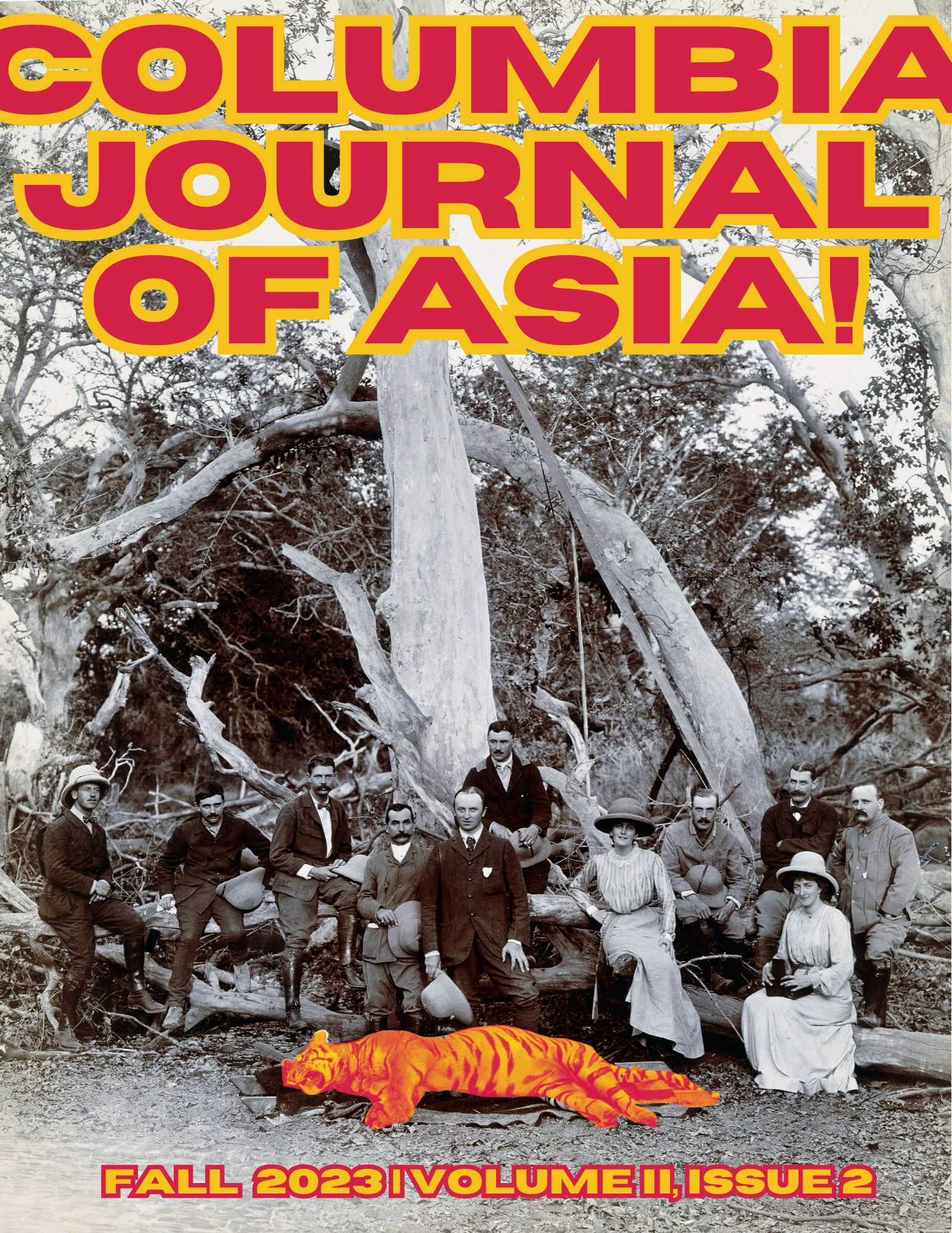Abstract
This study investigates how the partial industrial transformation of the Indian village—the decoupling of the farmer from their farmland and their incomplete absorption into industrial labour—changes the rural dynamics of social relations. It further analyses if and how the partial-proletarianization of farmers has changed rural women’s interactions with their surrounding socioeconomic structures—both within the home and in the public space of the market. Literature on the subject shall be studied in conjunction with the case of Asawarpur, in Sonipat district of Haryana, and interviews from the field site shall be used to understand the nature of changes caused by land-acquisition-based private development. The nature of land dispossession shall be studied through Michael Levien’s problematic of accumulation by dispossession. The analysis of changes in social groups—households, castes, and classes—shall follow Henry Bernstein’s understanding of fragmented livelihoods in developing countries. This essay shall specifically focus on the impact of land dispossession and the arrival of new economic pursuits on traditional livelihoods and existing inequalities. Case studies by various scholars, read with evidence from Asawarpur, shall be used to show the fragmented nature of livelihoods and aggravated inequalities in the transformed economy of India’s countryside.

